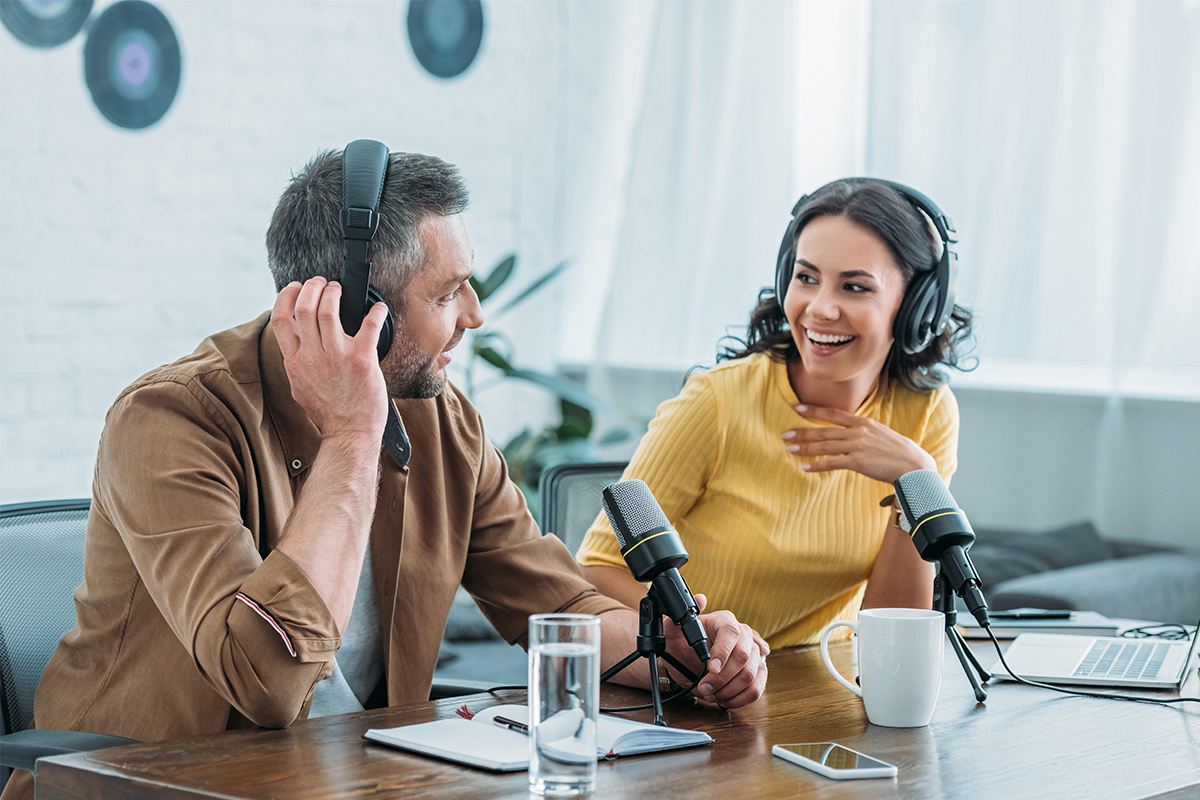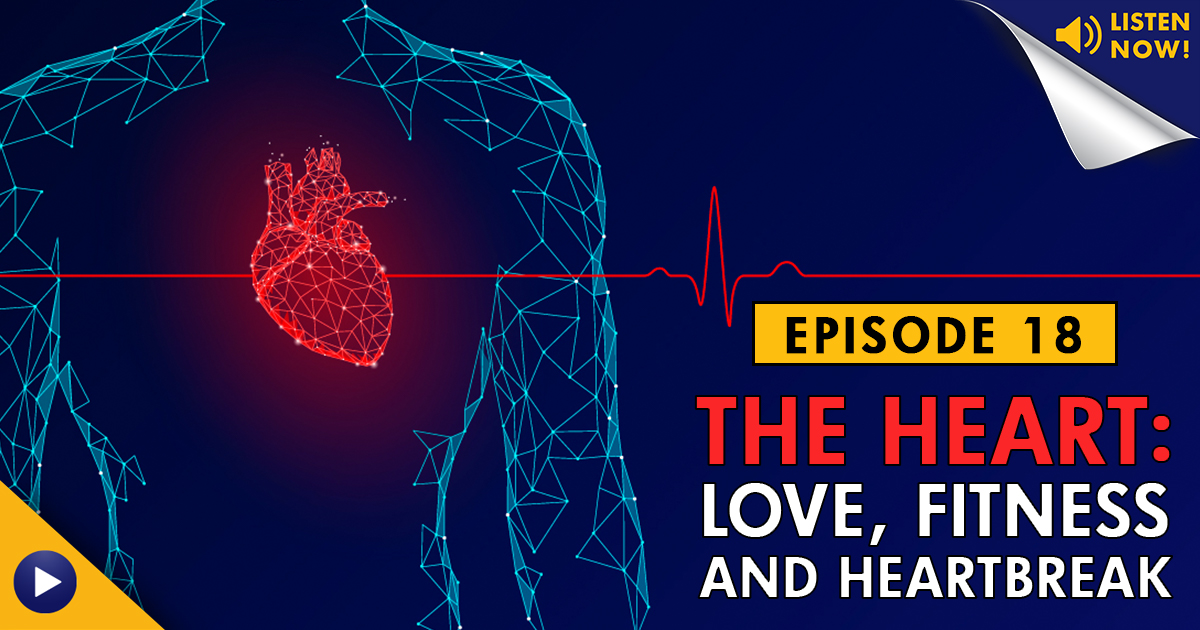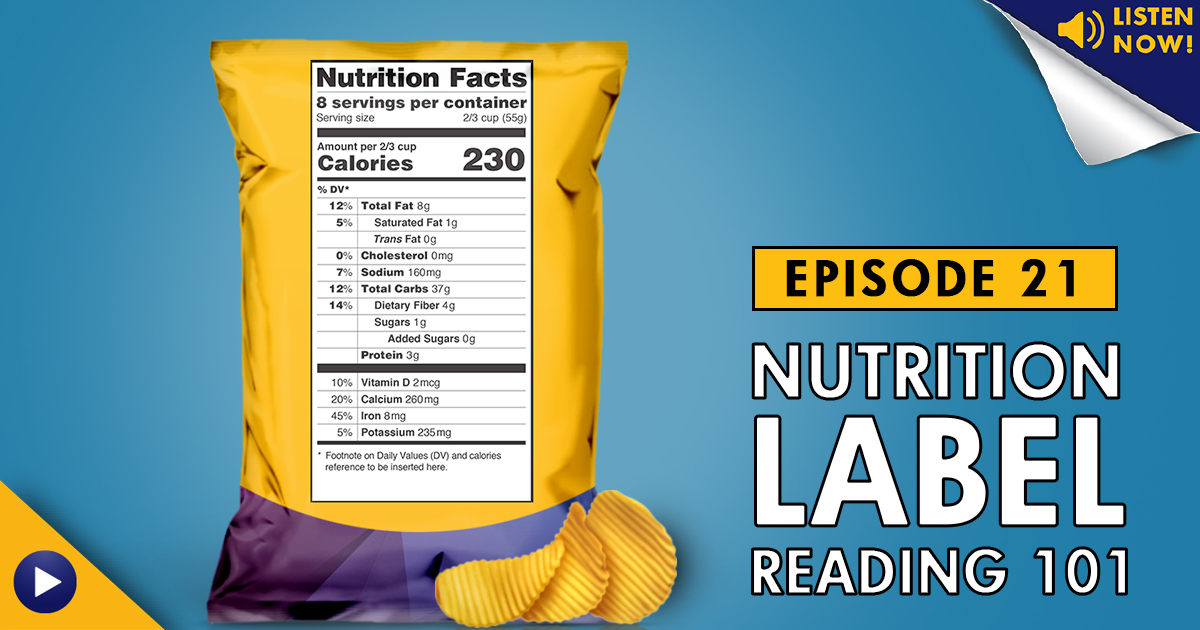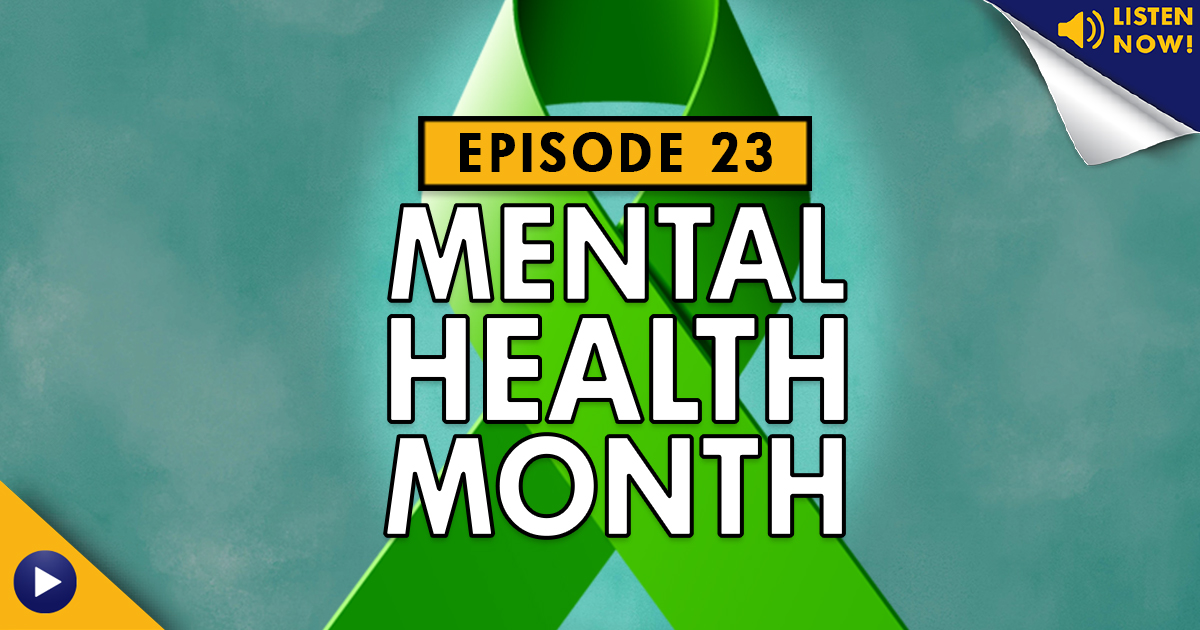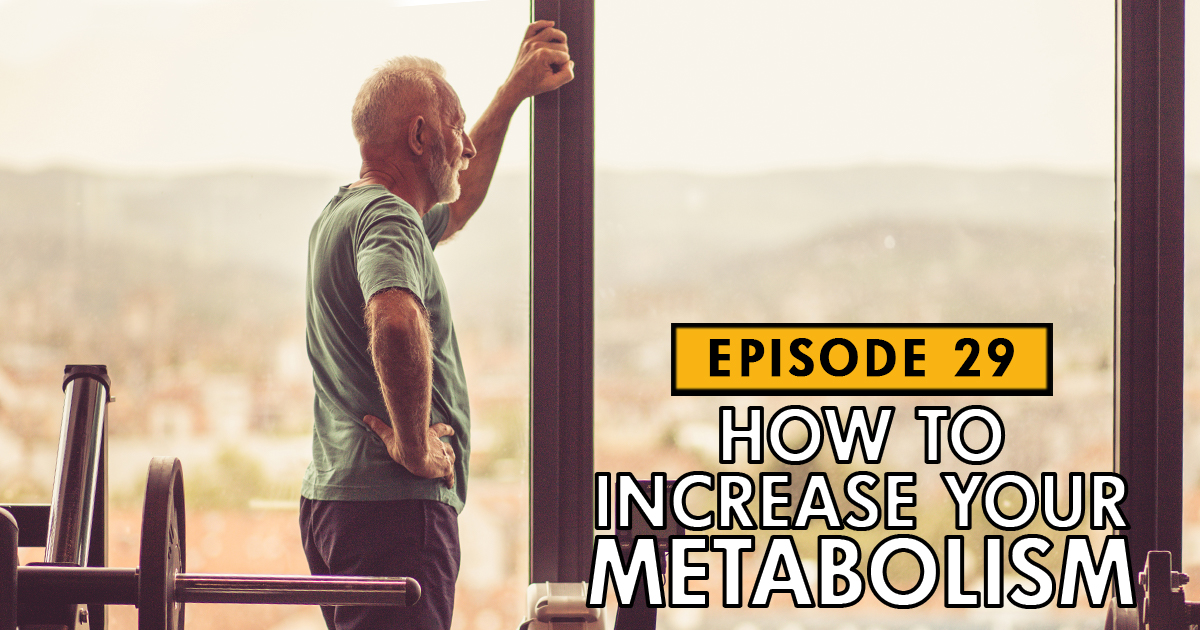
Did I Overdo It? – Signs You Pushed Your Workout Too Hard
To get stronger, you need to push your body to certain limits, but how can you know what those limits are? There’s no easy way to define it because everyone is different, and what you are capable of today may not be what you are capable of tomorrow.
There are some tell-tale signs that your workout is no longer benefiting your body. The farther you push past your limits, the longer your recovery will be, and the longer you’ll need to wait before you can train again.
Contrary to popular belief, muscle soreness is not required for muscle gain, and you don’t need to feel like a zombie to benefit from your gym session. So, let’s talk about the signs so you can better understand your limits and get the most out of your workouts.

Pain or Discomfort While Working Out
Because they occur in the moment, these pain signals are easy to identify and are the more obvious warnings of over-exertion. Just a few examples include:
- Pain in your side during cardio; also known as a side-stitch
- Any sharp, shooting, or stabbing pains
- Pain while stretching, especially if your muscles are not warm
- Difficulty breathing
- Muscle tingling or numbness
- Dizziness or feeling faint
- Chest Pain or Pressure
- Nausea or vomiting
The more dangerous potential for injury is when we do not feel anything, so we continue to exercise. So, if you experience any of the above symptoms, or any other concerning pain or discomfort, that’s a good sign you should take a break or stop.
Pain or Discomfort After Working Out
If you didn’t feel anything while working out, and then felt like a train-wreck in the days to follow, this is your body communicating its limits, just differently.
Take, for example, a person experiencing a sudden adrenaline rush. In fight-or-flight mode, the body is capable of incredible things. Only once the body has settled from the rush does a person finally begin to notice various aches, pains, and even more extreme damage like bone breaks or severed limbs.
It’s possible that while you’re in the zone, pumping iron to the right song, you may not notice that you’re pushing your body just a little too far.

What You Can Do
Sometimes, you need to be your own critic. Try to carefully monitor the following things as you work out:
- Your Form. Look in the mirror and double check what you know about the correct form for the exercise you’re doing. If you don’t know the correct form, ask a professional or do your research to prevent injury.
- Are your muscles starting to tremble? This is a sign they’re getting close to reaching their maximum level of exertion. While a little bit of that can be okay, try not to push much further past this point.
- Is your body unwilling to cooperate? If you just did a few great sets of weighted squats, and now your body refuses to squat without any added weight, that’s it. It’s time to call it. If your muscles feel ready to give out, you’ve probably already gone too far.
Closing Thoughts
Overdoing your workout doesn’t just mean going full beast-mode and overworking your body. If you’re fighting sickness, or your body is sleep-deprived and exhausted, you may be better off staying home and resting. It’s possible that while your body is trying to manage other ailments, you won’t get much out of your workout anyway. It’s the safer choice to take a break and come back when you’re feeling better.
Always pay attention to the signs and learn your body’s limitations so you can hit the gym with confidence and energy instead of with dread.
For some workout nutrition tips, read out article on Pre- and Post-Workout Foods, or our article on What BCAA’s Can Do for Your Workout. To access our monthly blog post highlights, subscribe to our newsletter today!











